Geoscience Exam 1
1/30
Earn XP
Description and Tags
Name | Mastery | Learn | Test | Matching | Spaced |
|---|
No study sessions yet.
31 Terms
What is the definition of a mineral?
A naturally occurring, inorganic solid with an ordered internal structure and definite chemical composition
Which tests can be used to differentiate gold and pyrite?
Both
Which mineral has a metallic luster?
Galena
Which mineral does not have cleavage?
Quartz
Which mineral has only one plane of cleavage?
Muscovite
Which mineral is harder than a glass plate (5.5)?
Quartz
Which mineral effervesces when in contact with HCI?
Calcite
Which rock has the same mineral composition as andesite?
Diorite
A felsic rock has ______ silica and melts at a ______ temperature than a mafic rock.
More, lower
Which rock cooled quickly above ground?
Rhyolite
Which rock is mafic and intrusive?
Pegmatite
Which rock has very large crystals?
Pegmatite
Which of the following rocks can be described as chemical?
Limestone
What is the dominant grain size of shale?
Clay
What is the difference between a breccia and a conglomerate?
Different grain shapes
Shale can be described as _______.
Fissile
Coal forms in a(n) _______.
Swamp
Metamorphic rocks are formed from _______ and _______.
Heat, pressure
What type of metamorphism occurs near mountain ranges formed from tectonic plate subduction?
Regional
Which of the following is a metamorphic, foliated rock?
Schist
Which of the following is the correct order of metamorphic rocks of increasing metamorphic grade?
Slate -> Phyllite -> Schist -> Gneiss
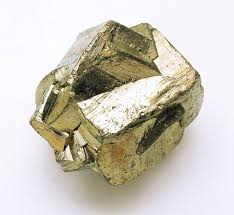
Pyrite identifiers
Brassy to golden yellow, luster is bright and metallic, conchoidal fracture, no cleavage, greenish streak
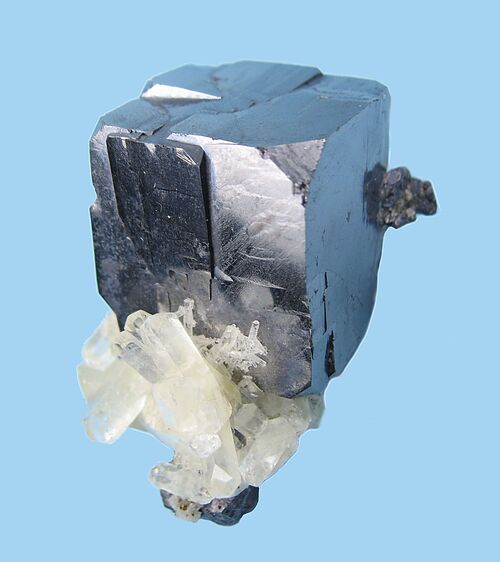
Galena identifiers
Gray to silver, metallic luster when fresh, three planes of cleavage resulting in perfect cubes, dark gray streak
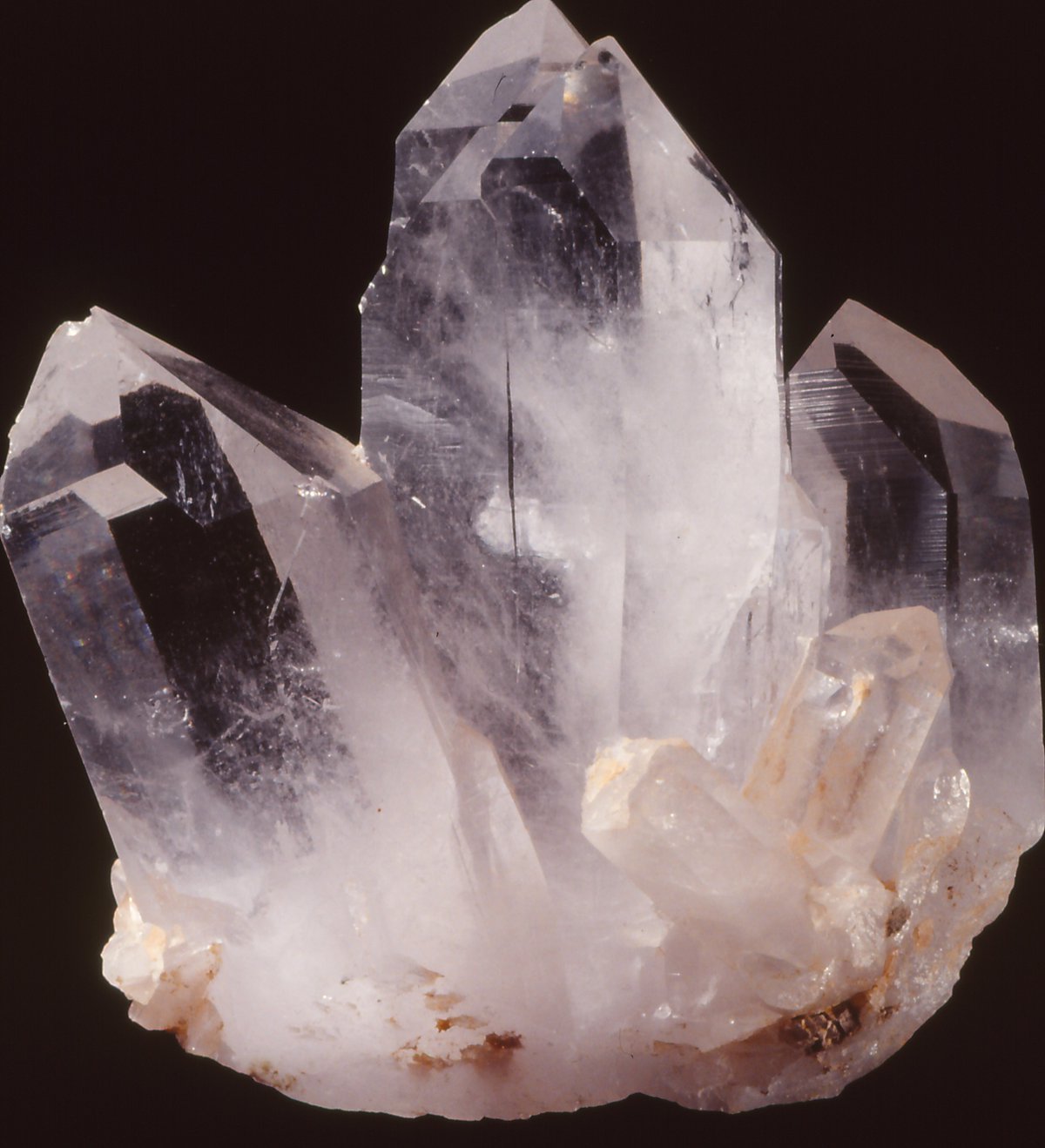
Quartz identifiers
Clear to mulitcolored, vitreous (glassy) luster, curved conchoidal fracture, white streak

Amphibole identifiers
Non-metallic, typically vitreous in luster, elongated black prism, at most two cleavage planes
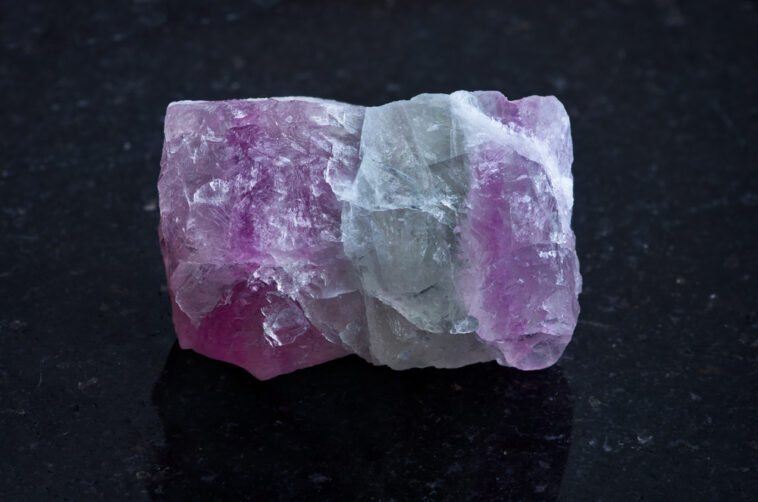
Fluorite idenitfiers
Typically green or purple, easily scratched, vitreous luster, has cleavage
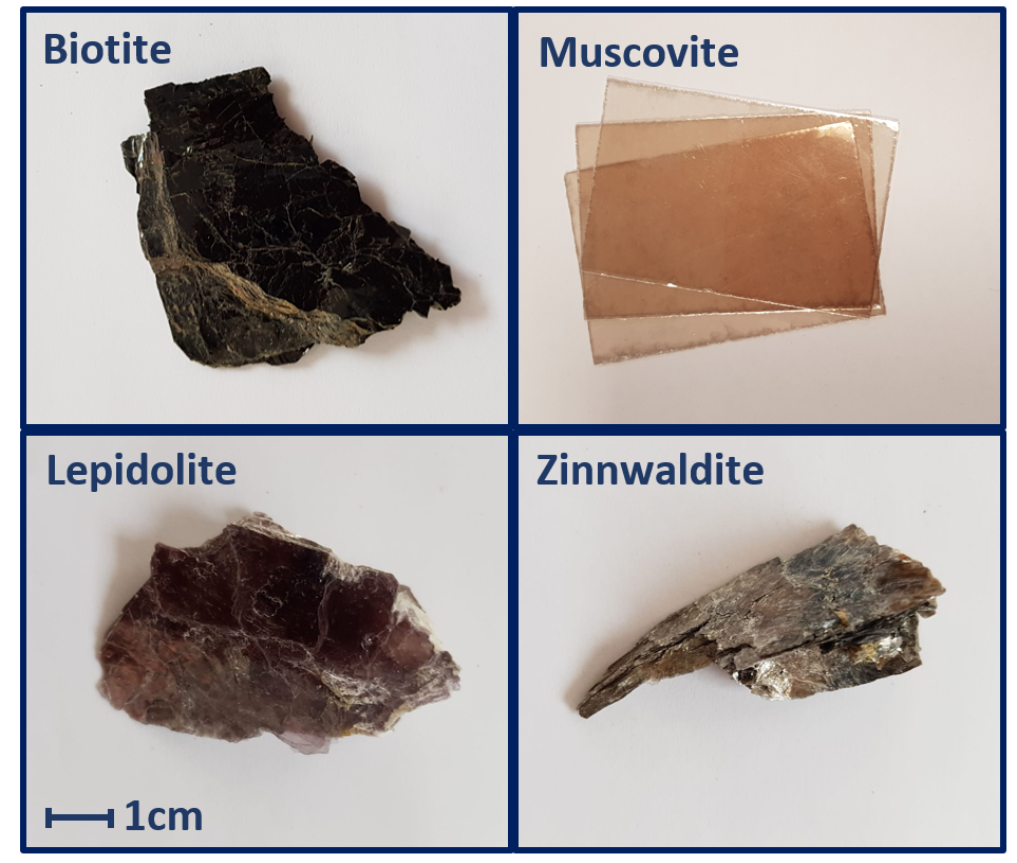
What is the difference between Biotite mica and Muscovite mica?
Biotite is dark and Muscovite is light
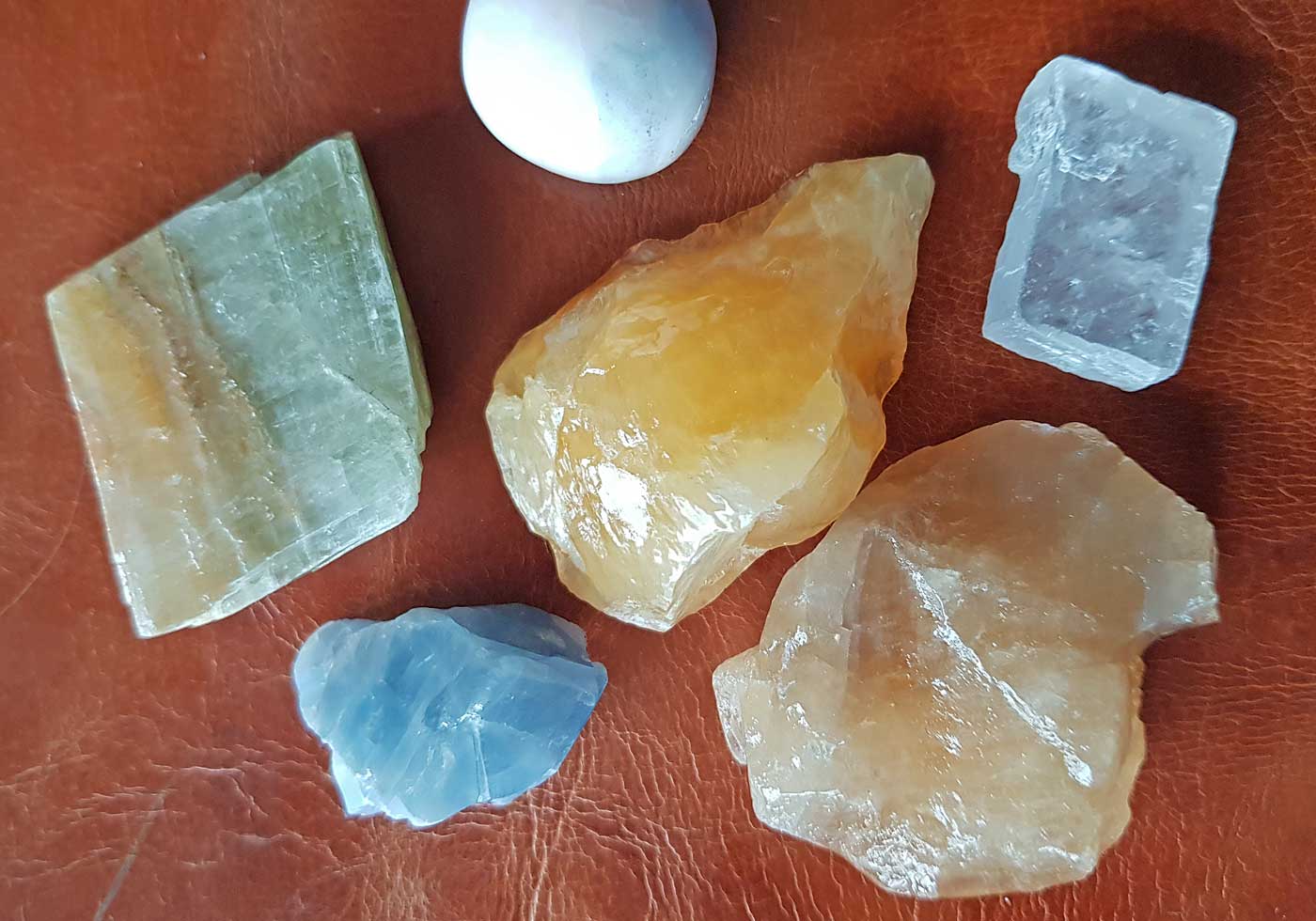
Calcite Identifiers
Can be scratched by a fingernail, vitreous luster, double refraction
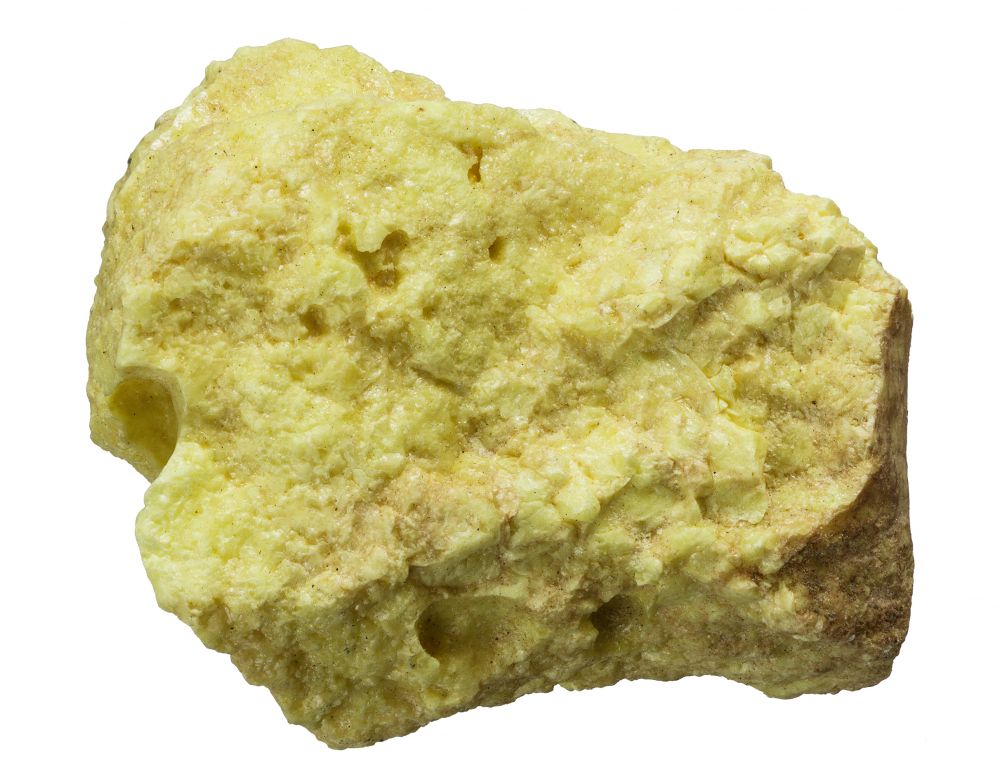
Sulfer identifiers
Bright yellow, stinky, very soft, yellow streak
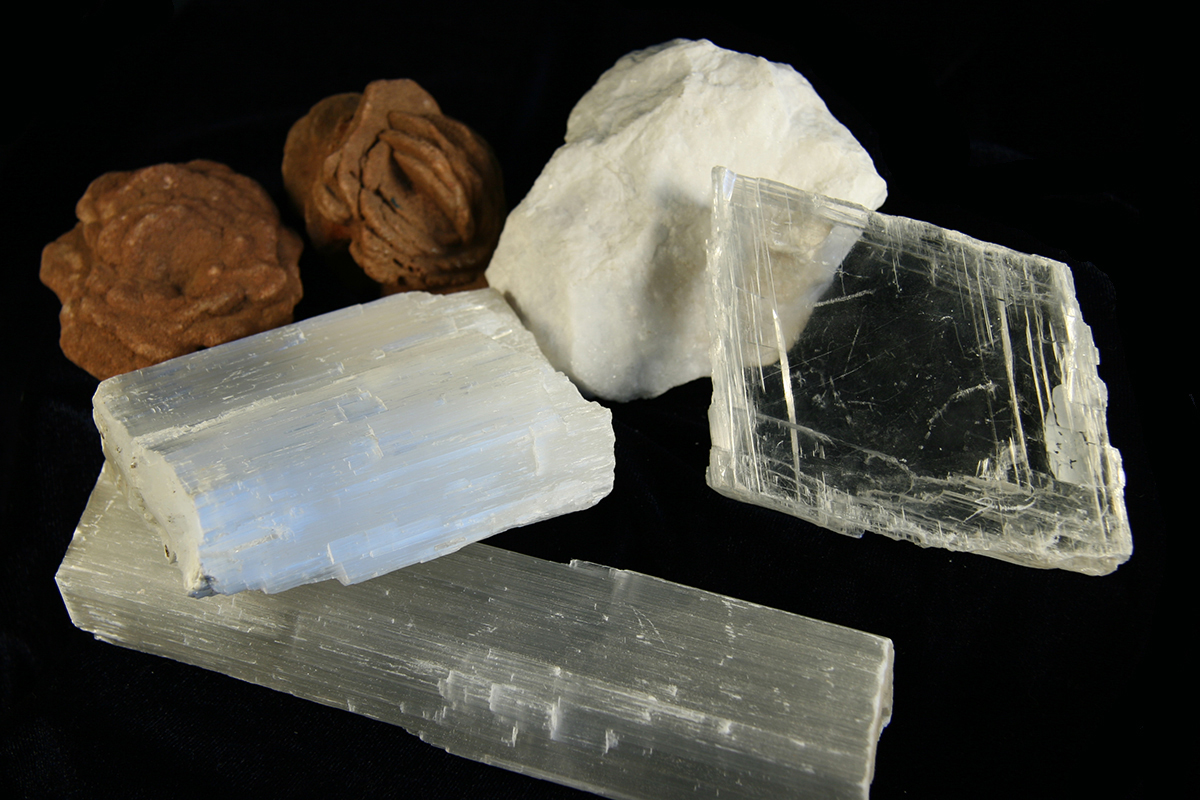
Gypsum identifiers
One plane of cleavage, easily scratched by a fingernail, does not effervesce like calcite
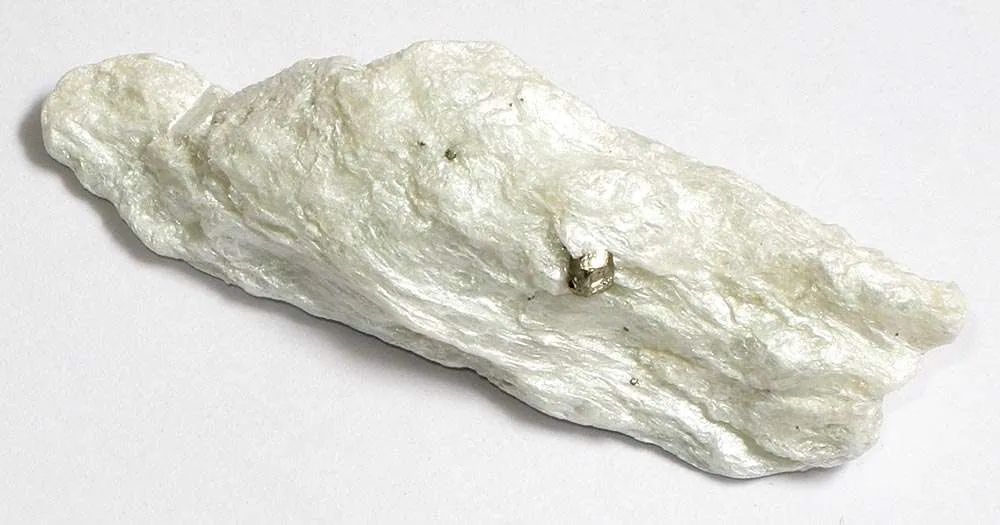
Talc identifiers
Greasy or soapy feel, can be scratched with a fingernail, luster is pearly